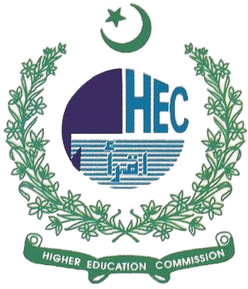English Code-Switching in Arabic Discourse: A Study of Linguistic and Cultural Influence
DOI:
https://doi.org/10.63878/jalt1188Keywords:
Code-switching, Arabic, English, Sociolinguistics, Language Identity, Language Contact, BilingualismAbstract
This study examines the growing phenomenon of English–Arabic code‑switching among bilingual speakers in contemporary Arab societies. As English solidifies its role in education, media, technology, and commerce, Arabic interlocutors frequently alternate between the two languages within spoken and written discourses. The primary purpose of this investigation is to explore the linguistic patterns and sociocultural motivations underlying English code‑switching in Arabic, and to assess its impact on Arabic’s structural integrity and cultural identity. Employing a mixed‑methods design, data were collected from 60 participants—undergraduate students and young professionals in urban centers—via semi‑structured interviews, recorded conversational samples, and social‑media text corpora. Discourse analysis and thematic coding were used to identify intra‑ and inter‑sentential switching, morphological adaptations, and speakers’ attitudes. Key findings reveal (1) a high frequency of lexical borrowing and morphological integration of English items into Arabic, (2) distinct code‑switching patterns tied to domain‑specific needs (academic versus social contexts), and (3) positive associations of code‑switching with modernity and global identity in young generation, alongside concerns about language erosion among older generations. This study contributes to the field of contact linguistics by illuminating how bilingual discourse practices both reshape Arabic’s linguistic landscape and reflect evolving cultural values, offering implications for language policy and educational curricula in the Arab world.
Downloads
Published
Issue
Section
License

This work is licensed under a Creative Commons Attribution-NonCommercial-NoDerivatives 4.0 International License.


